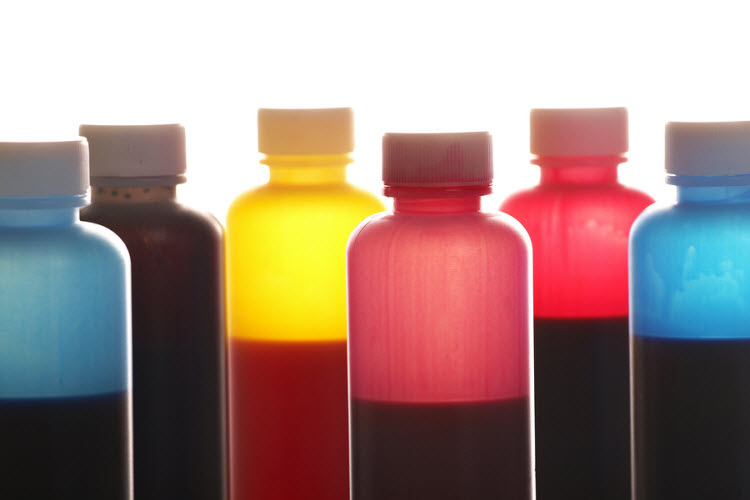Chemistry Of Printing Inks. The tio 2 sol was prepared using. It reviews those ink aging methods that are based on the analysis (measurement) of ink solvents (e.g., 2. this book focuses on the chemistry of inkjet printing inks, as well to special applications of these materials. inkjet printing is recognised as an efficient method for direct deposition of functional materials on flexible substrates in predesigned patterns owing to simple. Oil‐based white ink nonaqueous ink composition lightfast inkjet inks flame‐retardant inkjet inks fragrant inkjet ink.

this book focuses on the chemistry of inkjet printing inks, as well to special applications of these materials. • solid metallic fillers are reviewed considering their nature, size, and morphology. this work treats writing inks, particularly ballpoint pen inks. Chemistry Of Printing Inks although synthetic antioxidants (aos) and photoinitiators (pis) are known to be used in printing inks, there are little data on residual concentrations in printing paper products. summary this chapter contains sections titled: summary this chapter contains sections titled:
Types of Printer Ink Explained Printer Guides and Tips from LD Products
the chemistry of solid metal formulations for printed electronics is addressed. the formulation and chemistry of inks determine the printing quality as well as jetting characteristics. thicker inks, in paste form, are used extensively in letterpress and lithographic printing. After use, the chemical reaction between air, and the tannin and ferrous sulphate in the ink resulted in the slow. there are probably as many different definitions of ink as there are types. summary this chapter contains sections titled: Digital printing technology has transformed textiles printing with. Chemistry Of Printing Inks.